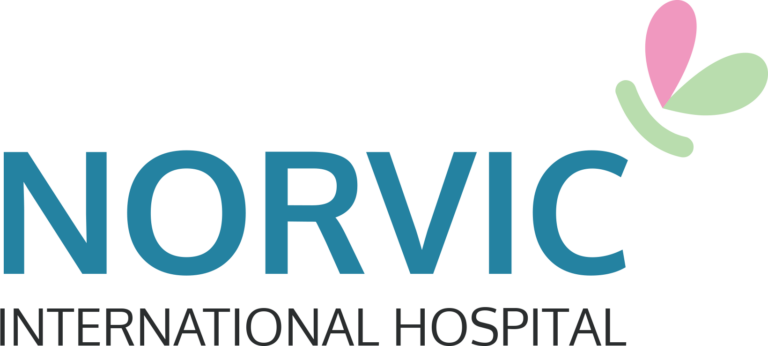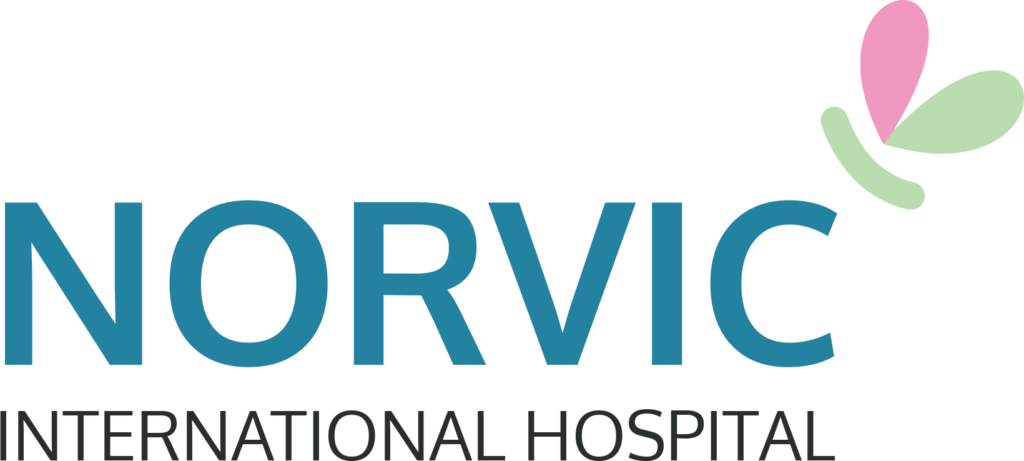
Understanding Low Back Pain
Most Low Back Pain (LBP) is nonspecific, meaning that no single structural factor can be identified as its primary cause and that there isn’t a severe underlying illness. LBP can also be defined as pain above the inferior gluteal lines and below the costal margins, often including leg pain. Overall, it is the most common and severe type of dysfunction for which physical therapy is effective.
Other conditions that may lead to this condition include poor posture, inactivity, wrong lifting methods, or even conditions like disc herniation, spinal stenosis, or degenerative disc diseases. Some studies indicate that approximately three-quarters of the human population will develop low back pain at some point in their lifetime.
Low back pain is among the leading causes of disability, affecting people of all age groups, from schoolchildren to young adults and the elderly. It is a chronic condition that has a high impact on everyday functioning, work, and quality of life. On World Physical Therapy Day 2024, the objective is to raise awareness of the role of physiotherapy in managing and preventing low back pain. The following article aims to highlight a few of the roles of physiotherapy in preventing and managing low back pain.
Research has shown that physiotherapy effectively treats pain and prevents lower back pain. Physiotherapy offers a promising approach to managing and preventing this condition by educating people, encouraging exercise, and implementing lifestyle modifications.
The Role of Physiotherapy in Managing Low Back
Physiotherapy plays a crucial role in effectively managing low back pain. Physical therapy not only treats the symptoms of back pain, but aims to find out the root cause and treats the same to have a long-lasting impact on treatment. This is achieved via manual therapy, exercises, patient education, and ergonomic education, which work together to reduce pain, improve mobility, and prevent future episodes of low back pain. Physiotherapists use evidence-based approaches when treating patients. The specific causes of discomfort, joint compression, joint dysfunction, and muscle strain can be determined by assessing the patient’s posture, movement patterns, and lifestyle factors. After assessment and differential diagnosis, a personalized treatment plan is developed based on this assessment.
1. Treatment Modalities
Manual Therapy: Various hands-on techniques, including myofascial release, spinal mobilization, and manipulation, can help reduce pain and improve spinal alignment. It is a structured approach to delivering hands-on physical therapy within a biopsychosocial framework.
Therapeutic Exercise: Strengthening exercises focus on the core, back, and hip muscles, along with stretching the specific muscles essential for supporting the spine and improving stability.
Pain Relief Techniques: Physiotherapists may also use heat, cold, and various electrotherapy units, such as electrical stimulation, ultrasound therapy, transcutaneous electrical nerve stimulation, interferential therapy, and short-wave diathermy, to alleviate pain.
2. Education and Lifestyle Modification
Educating patients on the importance of proper body mechanics, posture, and ergonomics is crucial for long-term management. This education helps patients change their daily habits, such as sitting with proper lumbar support, lifting objects safely, incorporating regular physical activity into their routines, using ergonomically fit office chairs and tables, and maintaining body weight.

Recent Advances in Low Back Pain Management
1. Pain Neuroscience Education (PNE)
chronic pain is not viewed as a result of unhealthy or dysfunctional tissues. Instead, it is due to the brain’s plasticity that leads to hyperexcitability of the central nervous system, known as central sensitization. The ultimate goal of Pain Neuroscience Education (PNE) is to increase pain tolerance with movement, like performing exercises with mild discomfort, reducing any anxiety associated with movement, and reducing central nervous system hypersensitivity. In practice, this often involves using educational pain analogies, re-educating patients’ misconceptions about the pathogenesis of the disease, and providing guidance on lifestyle and exercise changes that can be implemented.
2. High-Intensity Laser Therapy (HILT):
High-intensity laser therapy (HILT) has been advanced as a new noninvasive technique for managing low back pain. Numerous investigations have established that HILT can help alleviate pain and functional deficits, thus preventing inflammation and enhancing tissue remodeling.
Work: When the light source is placed against the skin, the photons penetrate several centimeters and get absorbed by the mitochondria. The energy fuels many positive physiological responses, restoring normal cell morphology and function but at an enhanced rate. Targeted in hemoglobin and cytochrome oxidase, the high-power diode laser could help in respiration and then, in a result, have a good performance therapy.
3. Telerehabilitation:
Physiotherapists use telehealth to communicate with their patients and attempt to alleviate low back pain and various physical conditions. With the advancement of information technology, digital therapeutics, and the recent emergence of telemedicine, especially during and after the COVID-19 pandemic, patients can receive instructions and a customized exercise program by virtual means. Telemedicine methods for persistent low back pain may, at times, be just as effective as standard personal treatment.
4. CBT and Multidisciplinary Approaches Interventions
Combining CBT with physical therapy for chronic low back pain was considered valid. Coordinated pain management incorporating physical therapy, psychology, and medication has improved pain relief while reducing disability.
Cognitive behavioral therapy is a form of psychotherapy that has been documented to be effective in treating anxiety, insomnia, depression, addictions, and other mental disorders. It has also been utilized in the treatment of chronic low back pain. Researchers found a solid therapeutic effect of psychological interventions on the treatment of CLBP. CBT was noted to be particularly effective.
CBT represents a family of therapies that are effective for a wide range of problems, many of which coexist with and influence CLBP. Focused CBT can improve each of the variables. Early, widespread adoption of CBT in treating and preventing CLBP is recommended.
5. Method of Rehabilitation Employing Exercises and Wearable Integrated Gadgets:
In rehabilitation, wearable devices that track posture, exercise, and muscle activation are now used. These devices allow users to finally get feedback on their form during exercises, which is crucial to avoid worsening and improving the condition. The use of sensor-based devices today represents a highly beneficial alternative to the rehabilitation of lost functions, facilitating both the work of physiotherapists and maintaining the active attention of the patient during a rehabilitation session. Sensor-based devices help patients’ functional rehabilitation, adopt a new approach to medical rehabilitation, and use advanced technology, which keeps patients’ attention throughout a rehabilitation session. Along with various neurological conditions, research has high evidence of sensors and wearable gadgets on LBP.
EVIDENCE-BASED-PRACTICE
1. Core Stability Training
Core Stability Training exercises have been repeatedly used to help alleviate low back pain and its effects on functional status. Based on this, a meta-analysis of randomized controlled trials demonstrated that core-focused exercises were superior to general exercise for disability and pain in patients with chronic LBP. Over the years, the concept of core stability has changed, And authors have highlighted the significance and contribution of the Transverse Abdominus muscle, especially in lumbopelvic stability. Upon this basis, it has now become an essential part of the management of spinal stability and exercises orientated upon the activation, recruitment, and strengthening of the core are a common avenue of treatment.
2. Manual therapy with exercise
A recent systematic review noted that manual therapy in combination with exercise was more effective than using any of them as a single technique. These changes have also been ascertained to positively impact the reduction of pain severity, enhanced function, and early recovery among patients with acute and chronic low back pain.
3. Multimodal therapy
Exercise, Manual Therapy, behavioral interventions, patient education and medication are recommended treatment options for managing CLBP. Global multimodal therapy is recognized as the most effective. The latest clinical guidelines call for these interventions for long-term management and prevention. Thus, multidisciplinary regimen is most effective in treating chronic low back pain
4. Trunk Integration and Control Exercises
Trunk Integration and Control Exercises are called TIC Exercises, in contrast to classical calisthenics, which are repeated, voluntary tonic contractions. These are designed to improve the tone and function of the muscles that support the spine and pelvis. For improved posture and stability, these exercises use the back, hip, and abdominal wall muscles. Because TIC exercise can give the lumbar region more stability, it can help relieve back tension and improve the biomechanical quality of motion, which makes it especially beneficial for people with LBP.

Preventing Low Back Pain
Physiotherapy plays a crucial role in treating LBP; however, the social focus should be preventing the issue. Therefore, physical therapists should actively participate in the informed dissemination of preventive measures for a healthy spine.
1. Postural awareness:
Poor posture is one of the main causes of low back pain, and it affects most people. Physiotherapists advise their clients to stand or sit with proper posture at work, in the classroom, at home, and during other activities. Adopting proper posture can alleviate pressure on the spinal column and prevent strain on the lower back’s musculature and ligaments.
2. Regular Exercise:
Physical activity that exercises the core, back, and hip muscles reduces the risk of low back pain. Pilates, Yoga, and certain strength training exercises can be particularly effective in enhancing flexibility and strength of the core muscles, which are essential in supporting the spine.
3. Ergonomics:
To avoid ailments like lower back pain, one should utilize appropriate lifting and bending techniques as well as ergonomic workplace design. Other back-supporting measures include using a lumbar cushion, getting up from a desk, and occasionally stretching and adjusting chair height accordingly.
4. Lifestyle Factors:
To prevent lower back pain, people should avoid smoking, gain weight, or exercise frequently. Smoking damages the spine by depriving the spinal tissues of blood, and excess weight is also hard on the spine.
Conclusion:
This World Physiotherapy Day. We acknowledge the contribution of physical therapists to the treatment and prevention of back pain. Through manual therapy, specific exercises, patient education, and other non-pharmacological interventions, physical therapists help their patients take control of their well-being and quality of life. Understanding how physiotherapy can help treat and prevent back pain can go a long way in assisting people in utilizing services to improve their spinal health, thereby reducing the global prevalence of the disease.
Written by : Pragya Pokharel
Physiotherapy & Rehabilitation In Norvic International Hospital
The Norvic International Hospital’s Physiotherapy & Rehabilitation department is equipped with advanced technology and managed by experienced physiotherapists. more


